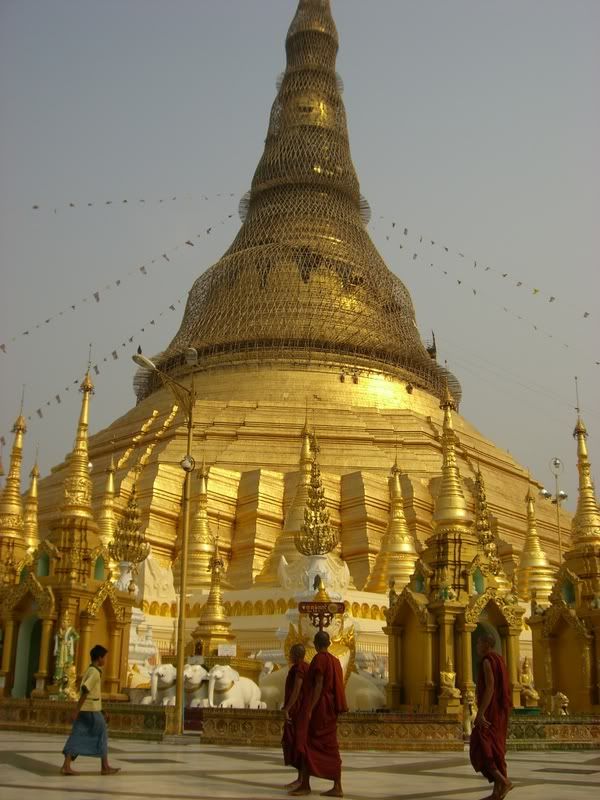
Monks stroll past the Shwedagon Paya
(click on photo for full album)
"Myanmar? Where's that?"
This was the response I got from many backpackers, when I told them I was going to Myanmar (a.k.a. Burma). If I thought Laos was obscure, then Myanmar was a complete unknown. Even travelers who've been everywhere from Bali to Bangkok had never heard of Burma.
Before I landed in Yangon, there were many signs that I was heading into frontier territory. I applied for my Vietnam and Myanmar visas in Hong Kong. While the Vietnamese consulate was crowded with backpackers, the Myanmar consulate was totally empty. The consular official there seemed surprised that anyone even wanted to visit her country.
Before arriving, I read articles about about the country's brutal military junta. I admit to watching Rambo 4, and still wanting to do it anyway. The decision of whether to visit is a controversial issue, best detailed in this Lonely Planet article, "Should you go?" (PDF file). When I landed in Yangon airport, I was braced for the worst. I was expecting an Orwellian ordeal.
The big shock was that the airport was actually nice. The white, gleaming hall looked brand new. Instead of snarling soldiers, the immigration officials were all cute, cheerful little women. Later, I found out that only the international terminal was nice. The part of the airport for domestic flights was as ugly and decrepit as I expected.
I'd like to romanticize Yangon, but my first impression was: Third-World Hellhole. More than once, I asked myself, "Why the hell did I take a vacation in Burma?" The city was littered with buildings that should have been demolished decades ago, streets criss-crossed with enough huge cracks to undermine the best shock absorbers and an appalling amount of dust and dirt everywhere.
Yangon was a far cry from the buzzing urban machines of Shanghai and Bangkok. In Asia, a booming region with countries battling for economic dominance, Myanmar felt like the slow kid left behind in the race.
The mix of economic mismanagement and diplomatic isolation made the country feel like a time capsule of what Southeast Asia was like in the early 20th century. Thailand, Malaysia and Singapore might have been similar to this before they leaped into hyper-charged GDP growth.
In a fair world, Myanmar should be one of the richest and most-visited countries in Southeast Asia. It has large deposits of oil, natural gas, precious gems (particularly rubies), teak wood, jade and metals. Its man-made and natural sights are spectacular, rivaling anything I've seen in Asia--including China.
The first thing that struck me was the people. Men and women wear sarong-like garments called longyis. Women and children wear a yellow paste on their faces called thanaka. It's used as make-up, moisturizer and sunblock.
Burmese are surprisingly upbeat, friendly, and cheerful despite their poverty. They are amazingly hospitable to visitors, making them natural-born hosts.
I've seen Buddhism all over Asia, but never as fervently practiced and revered on such a grand scale as in Myanmar. In a nation where people struggle to find enough to eat, they lavish all their wealth on their temples. The poverty of their living circumstances is a stark contrast to the magnificence of their Buddhist architecture.
Instead of sterile exhibits, Burmese sights have no velvet ropes, glass cases, and warning signs to keep tourists from touching. People are invited to wash monuments with water, add coatings of gold leaf and maintain them. They're living pieces, not just museum artifacts.
From what I gather, Burmese people are concerned with building up merit to ensure they have better conditions in the next life. They do this by showering their attention and gifts on temples and monuments.
This is a 180-degree difference from how Americans focus on the here and now. Try to imagine if Americans spent all their disposable income on renovating their churches instead of on their houses and cars, then you'll have some idea of how passionate Burmese are about Buddhism. Anyone interested in this religion should definitely check out Myanmar.
I read that Myanmar gets half the tourists Laos gets, and only about 1.5% of Thailand's intake. That makes it the least-visited country in Southeast Asia. It's hard to appreciate that when only looking at the numbers.
The lack of tourists made a big difference in my experience. Whenever I'd go to temples and other sights, the locals would far outnumber the foreigners. I felt more privileged at getting to observe another culture. Everything felt more authentic and less manufactured to chase travel dollars.
Until Myanmar, I'd assumed that all the great sights of the world had been discovered by the hordes. It's one of the last places left for a pure journey.
Inside Information
For great articles on Burma travel, check out the New York Times Myanmar Travel Guide. The Wikitravel Myanmar Guide also has some good tips.
Need more convincing to go? Here's a fabulous photo essay called The Spirit of Burma. The complete photo album is up at Zenfolio.com.
Burma's media is tightly controlled by the military junta. The best independent source of news is The Irrawaddy. It's a news magazine founded by Burmese dissidents in Thailand.
Burma experiences power outages every night. It's a good idea to always keep a small flashlight on hand.
Money Matters
The most practical advice I can offer about traveling to Burma is to bring lots of U.S. dollars. They must be in pristine condition, Burmese are super-picky about what bills they will accept. Also bring lots of smaller bills. You need to pay in U.S. dollars for admission to tourist sites like the temple complex of Bagan.
Burma has no financial infrastructure. Foreign banks pulled out when U.S. President George W. Bush enacted economic sanctions on the country, and all the local banks collapsed in a financial crisis in 2003. There are no ATMs and most places won't accept credit cards.
Certain top-end hotels will allow you to get cash advances on your credit card, but will charge punishingly high rates. I knew one Belgian backpacker who didn't do any research and showed up cashless. He said a cash advance had a 20 percent fee.
A safe place to exchange dollars for Burmese kyat (pronounced "chat") is the Central Hotel. If you're confident in your haggling skills, try going across the street from the Central Hotel to the Bogyoke Aung San Market. If you look like a foreigner, you won't have to look hard for a moneychanger, they'll find you. US$100 bills get better exchange rates than smaller bills.
Always count the kyat yourself before handing your dollars over. Important: once you've counted the kyat, do not let the money changer touch the kyat again. Travelers have said they're like magicians in their ability to snatch back bills without you realizing it.
Yangon is the best place to exchange money. You can exchange money in the other main tourist sites like Mandalay, Inle Lake, and Bagan, but you'll get a worse rate. I did most of my exchanging in Yangon at the beginning of my trip, then exchanged smaller amounts as I went along.
Spend all your kyat before you leave Burma. You won't be able to exchange your kyat once you're out of the country.
Where to stay
The Motherland Inn 2 is the main center of Burma's tiny backpacker scene. Make sure to call them to book a room, their online reservation form doesn't work (welcome to Burma). They also offer a free pickup service at the airport. The cars are pretty dirty and old, though.
It's a great place to meet other travelers. Since the Burma tourist scene is so small and everyone goes to the Big Four (Yangon, Mandalay, Bagan, and Inle Lake), you're bound to run into the same people over and over again.
The one downside is that it's a good 30-40 minute walk from downtown Yangon. Taxis cost like US$1.50, so it wasn't a big deal. If I visited again, I'd stay at the Mayshan Guesthouse or somewhere else more central.
Most guesthouses also offer travel services for booking onward transport. When I ordered a plane ticket at a travel agency, the price was nearly the same as what Motherland Inn 2 quoted. Also get the desk clerk to call and book your next hotel for you. They're usually happy to help.
Internet
You can access the Internet in Yangon, but the speed is really slow. Part of it is bad infrastructure and also the government tries to censor it. Luckily, most Internet cafe operators know how to get around the firewalls. This was a surprise, because when I lived in China, it was much harder to access sensitive websites. I thought the mountain town of Pwin U Lwin had the fastest Internet speeds.
Moving on
Most backpackers use long-distance buses to get around the country. I wouldn't recommend this, as distances are vast and the roads are in abysmal condition. It doesn't matter how plush your bus is, the roads will make the ride miserable. I flew everywhere, and the planes are serviceable.
Air Bagan has the nicest planes, but they're often sold out. I usually flew on Yangon Airways, which is also fine. The planes are small and propeller-driven. Avoid the government-run Myanma Airways. It's easy to steer clear, since most local travel agents don't even bother to sell tickets for it.
Many airlines do a daily "circle flight" stopping at the Big 4: Yangon, Mandalay, Nyaung U (for Bagan) and Heho (for Inle Lake). It's almost like an aerial bus route.

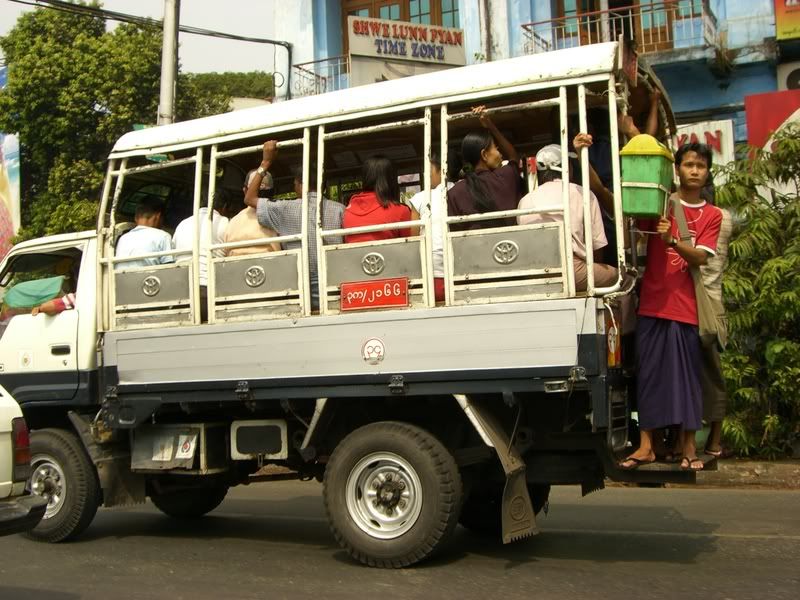
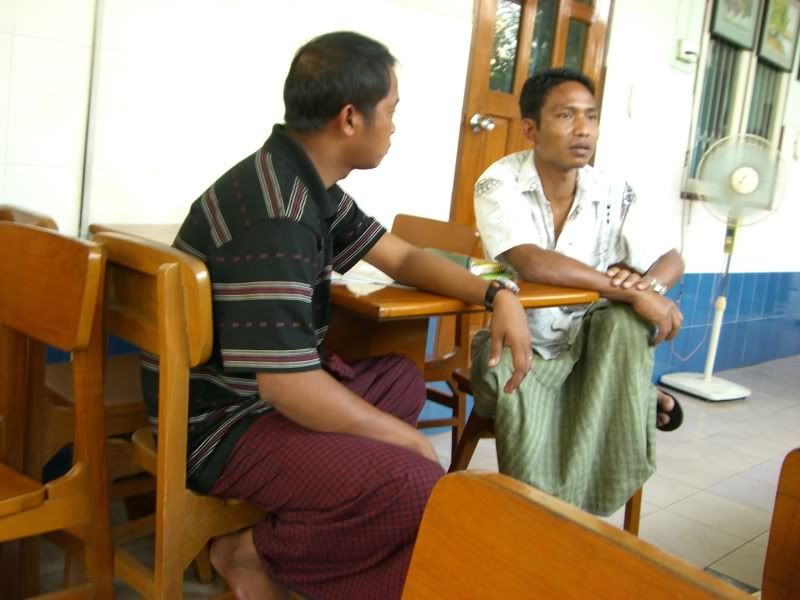
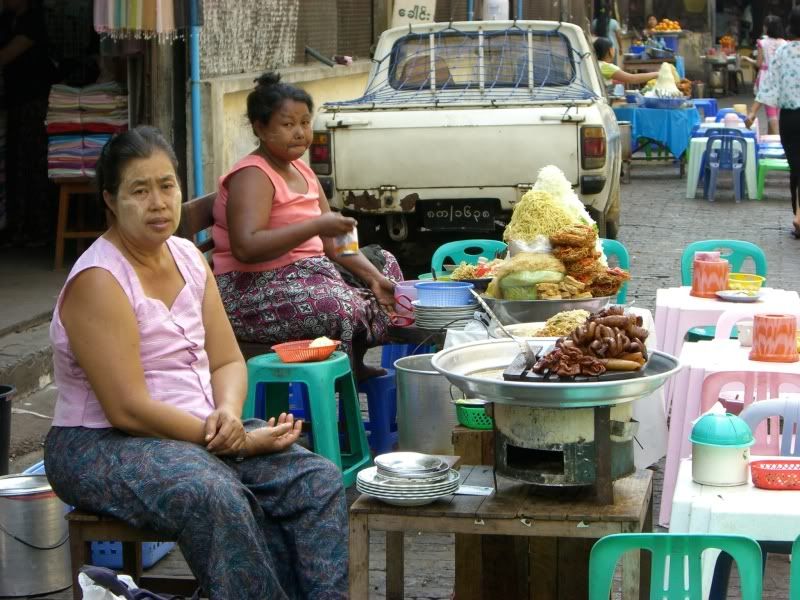
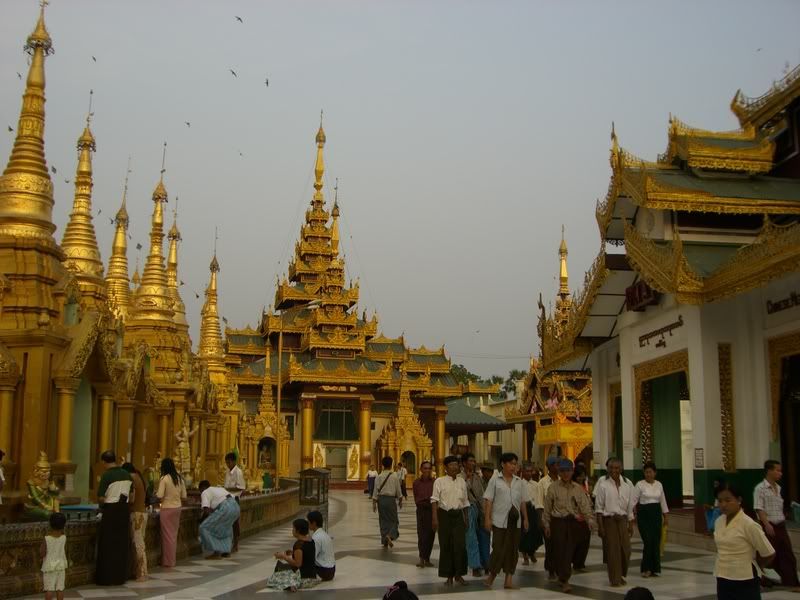
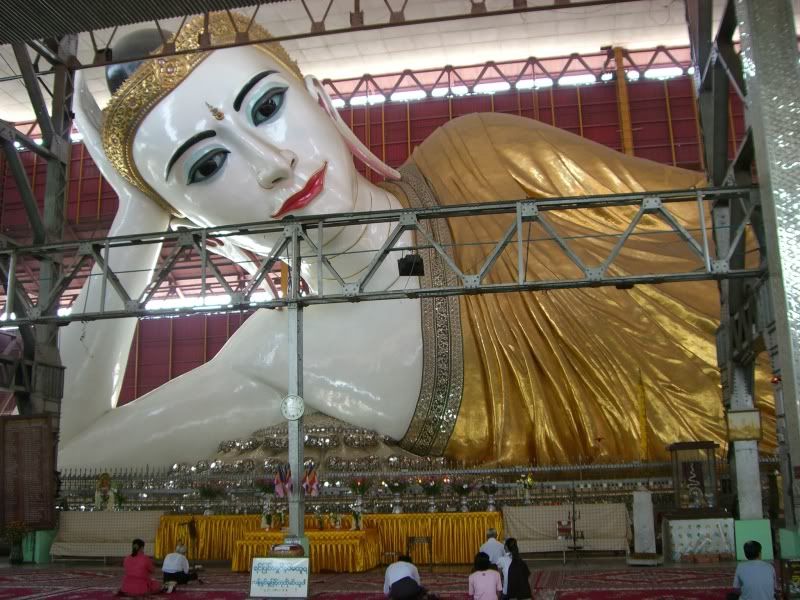




1 comment:
eva air
ve may bay hang eva di my
hang hang khong korean air tai tphcm
vé máy bay đi mỹ
vé máy bay đi canada tháng nào rẻ nhất
Những Chuyến Đi Cuộc Đời
Ngẫu Hứng Du Lịch
Tri Thuc Du Lich
Post a Comment